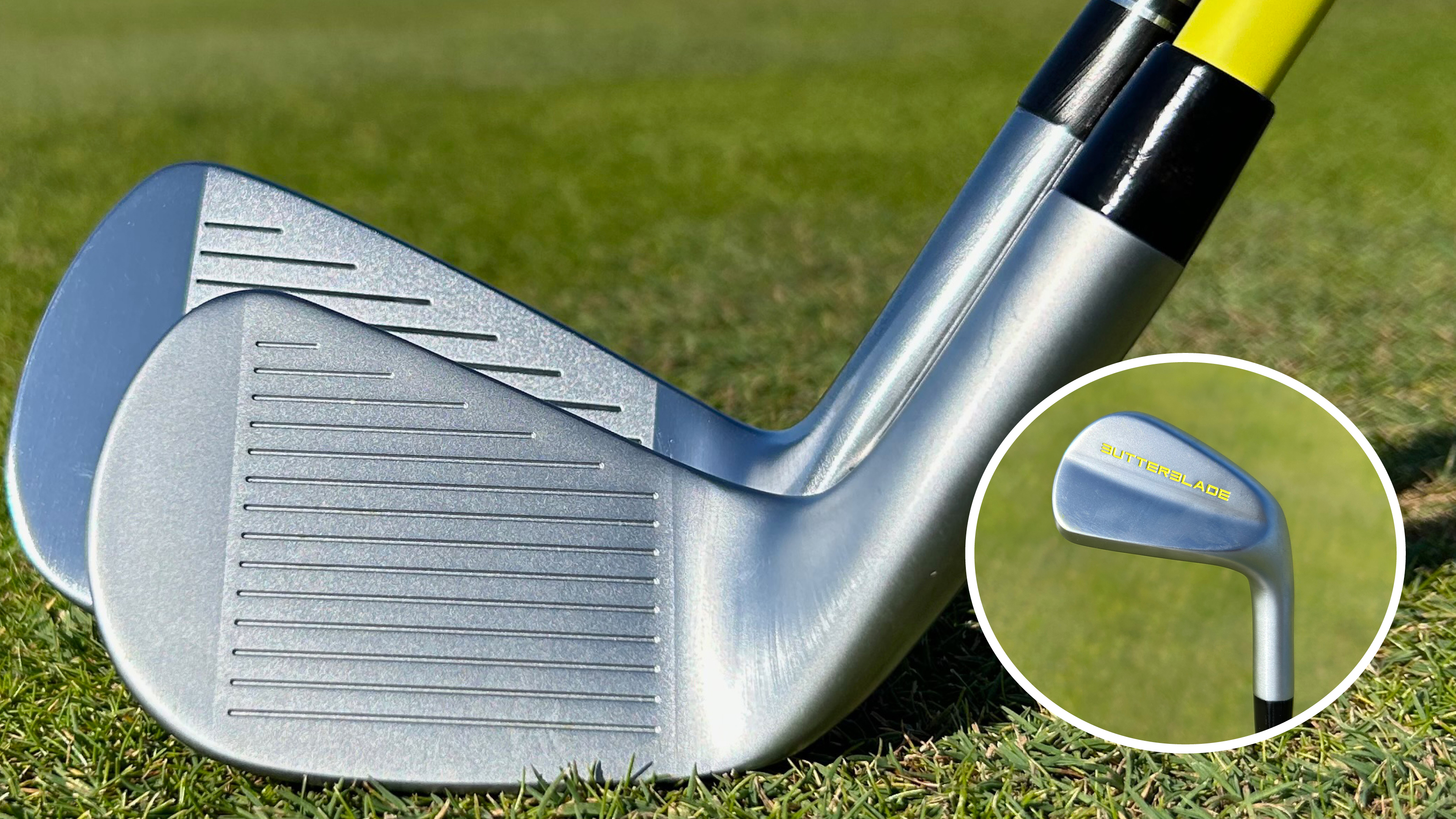
I love a good training aid, and here at Golf Monthly, we get sent some of the very best training aids on a pretty regular basis. The ButterBlade from RYP golf however was a little different. I had seen so much of this little yellow golf club on my Instagram feed that I had become personally intrigued, so I actually contacted RYP myself to see if they would send me one. They kindly obliged, so let’s take a look and see if it could help your game…
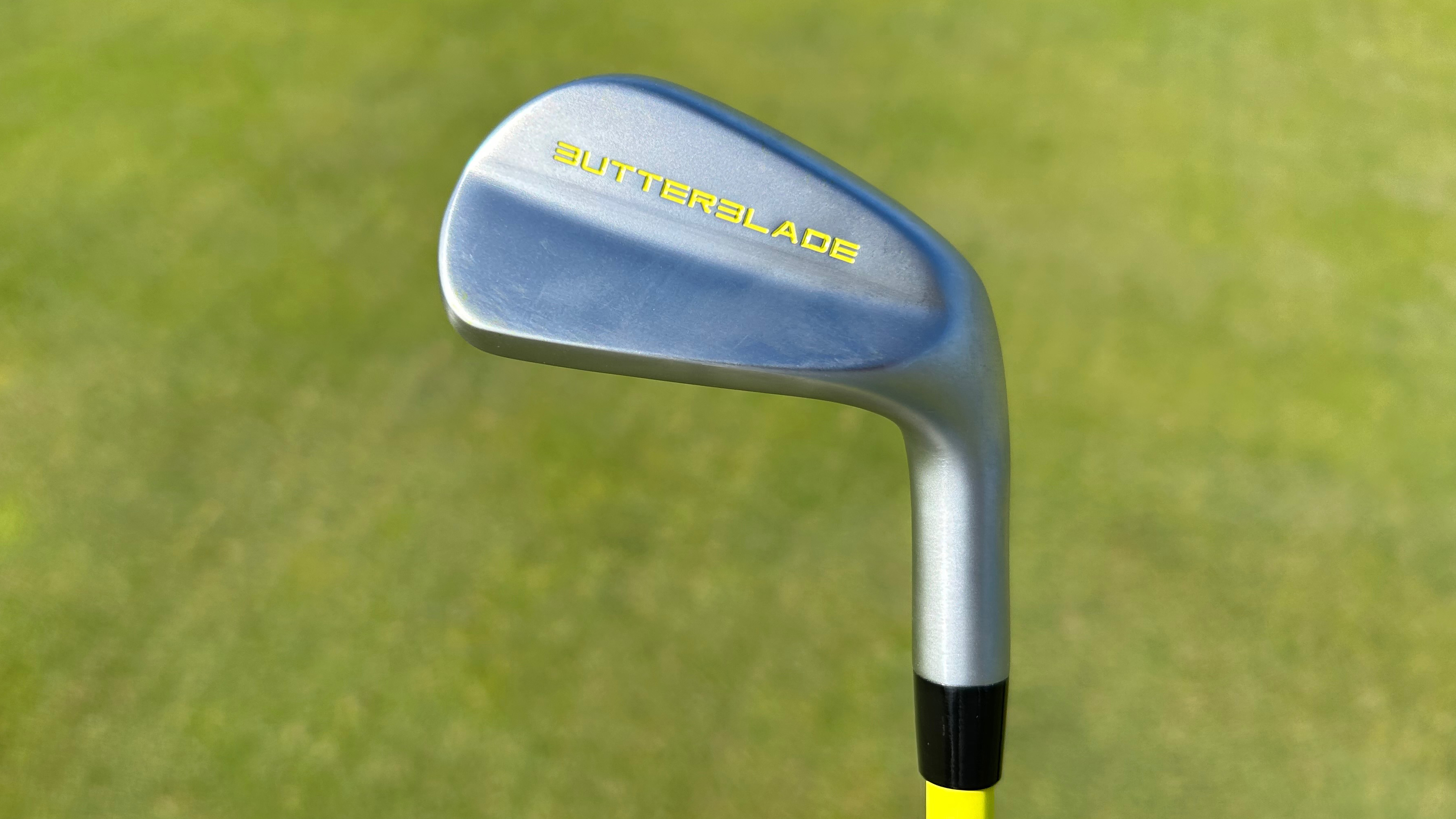
The premise couldn’t be much simpler, and we see it with training methods across numerous other sports - if you make practicing a skill harder than competition, when it’s time to compete, the skill should feel significantly easier and your confidence and competence will increase. From distance runners training with weighted vests to boxers shadow boxing in swimming pools for extra resistance and many more, all take advantage of this concept, and that is what RYP is bringing us with the ButterBlade.
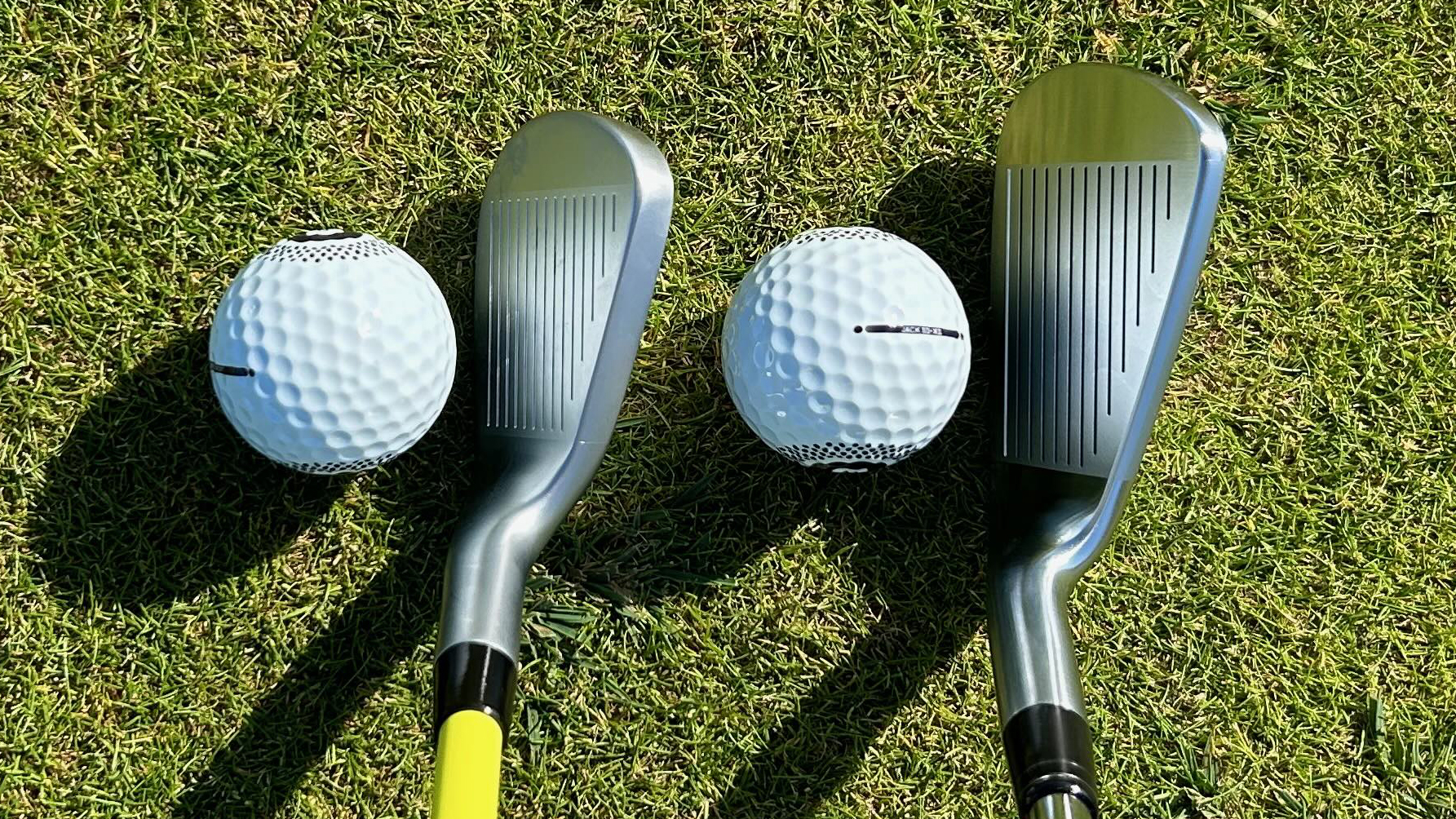
Essentially what we have here is a tiny little 7-iron clubhead, significantly smaller from heel to toe than any other ‘regular’ 7-iron you will find on the market. It comes in both right and left-handed options, ladies, and junior weights, and with numerous shaft flex options which is a real plus.
When you first place the ButterBlade in behind the ball, you wonder how you are ever possibly going to make contact, as it is barely bigger than the ball you are intending to strike! That initial shock passes, however, and my first few swipes were genuinely good, solid golf shots.
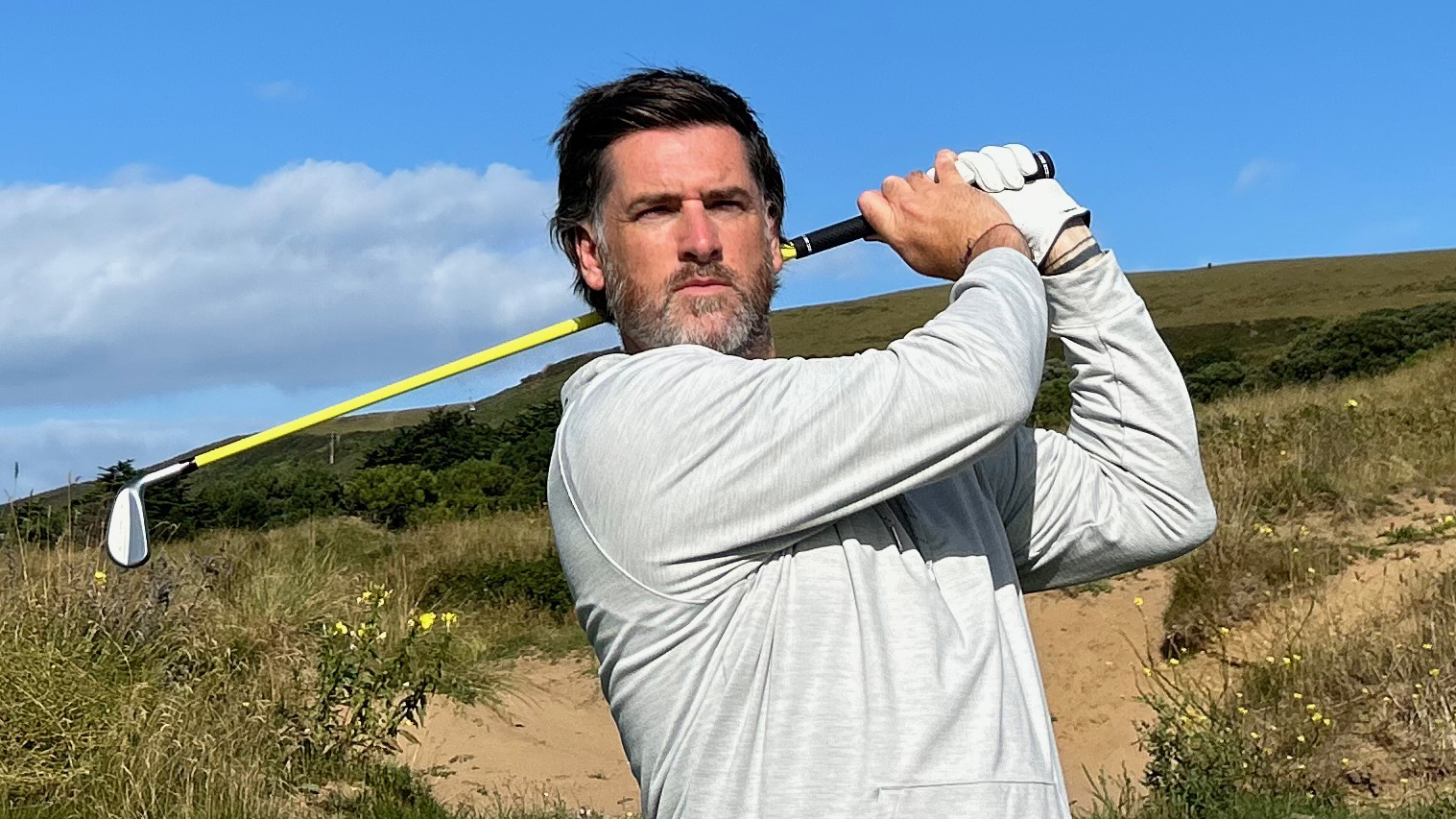
For context, I am a PGA Professional, so my ball striking is reasonable, but it was still a fairly intimidating initial aesthetic. I continued on for around 25 balls with some mixed strike results which was to be expected, and I must say that feedback was excellent. The ButterBlade would not win any awards for the most forgiving irons, but that is exactly what it is designed for. You can immediately tell where you have struck the ball on the tiny club face and can take the necessary corrective action.
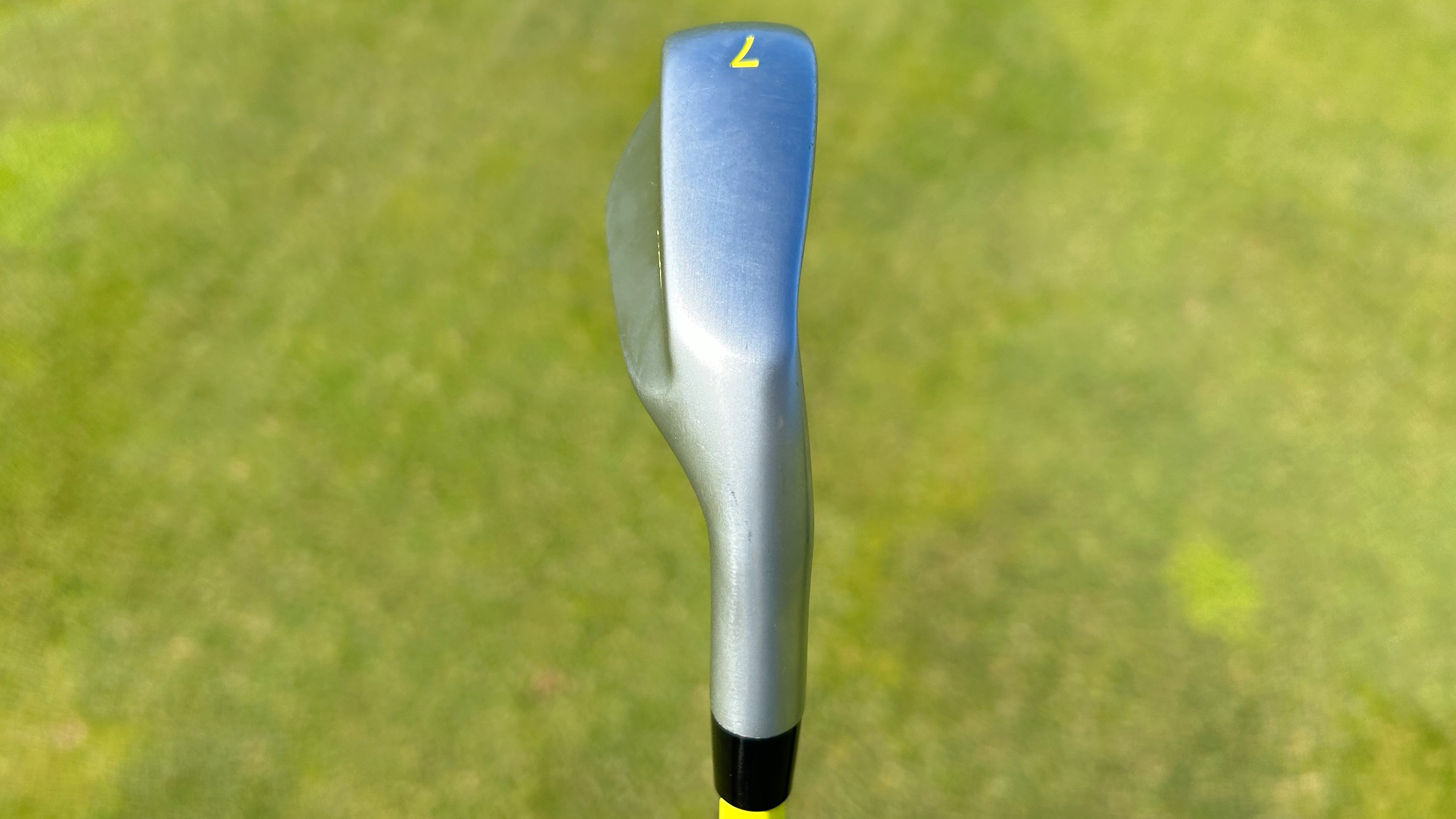
The fun really starts when you switch back into your own ‘gamer’ iron, however. After ten minutes or so I pulled out my Callaway Apex CB 7-iron, put it in behind the ball, and it looked enormous! All of a sudden one of the best low-handicap irons had transformed into one of the best game improvement irons right before my eyes. This new perspective genuinely filled me with confidence and the feeling that I just couldn’t miss, and my ball striking reflected that.
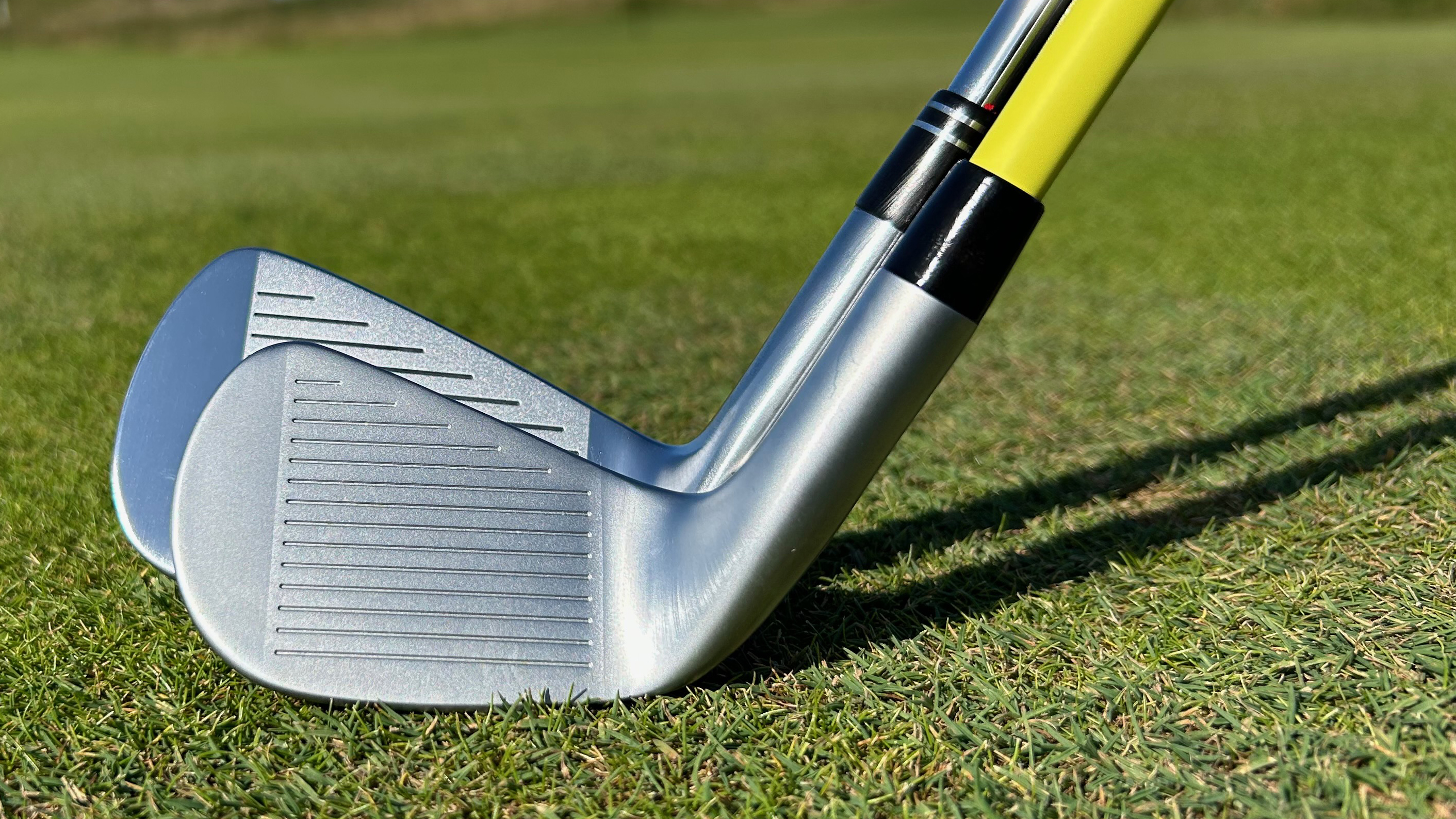
The ButterBlade absolutely achieves what it sets out to do which is sharpen your focus for higher quality ball striking, and a residual benefit of that is the incredible confidence boost you receive when looking down at your own clubs after a ButterBlade session. For players lacking confidence in their iron game on the golf course, I would thoroughly recommend a warm-up with the ButterBlade, as by the time you get to your first iron shot you’ll be presented with a much less daunting prospect looking back up at you.
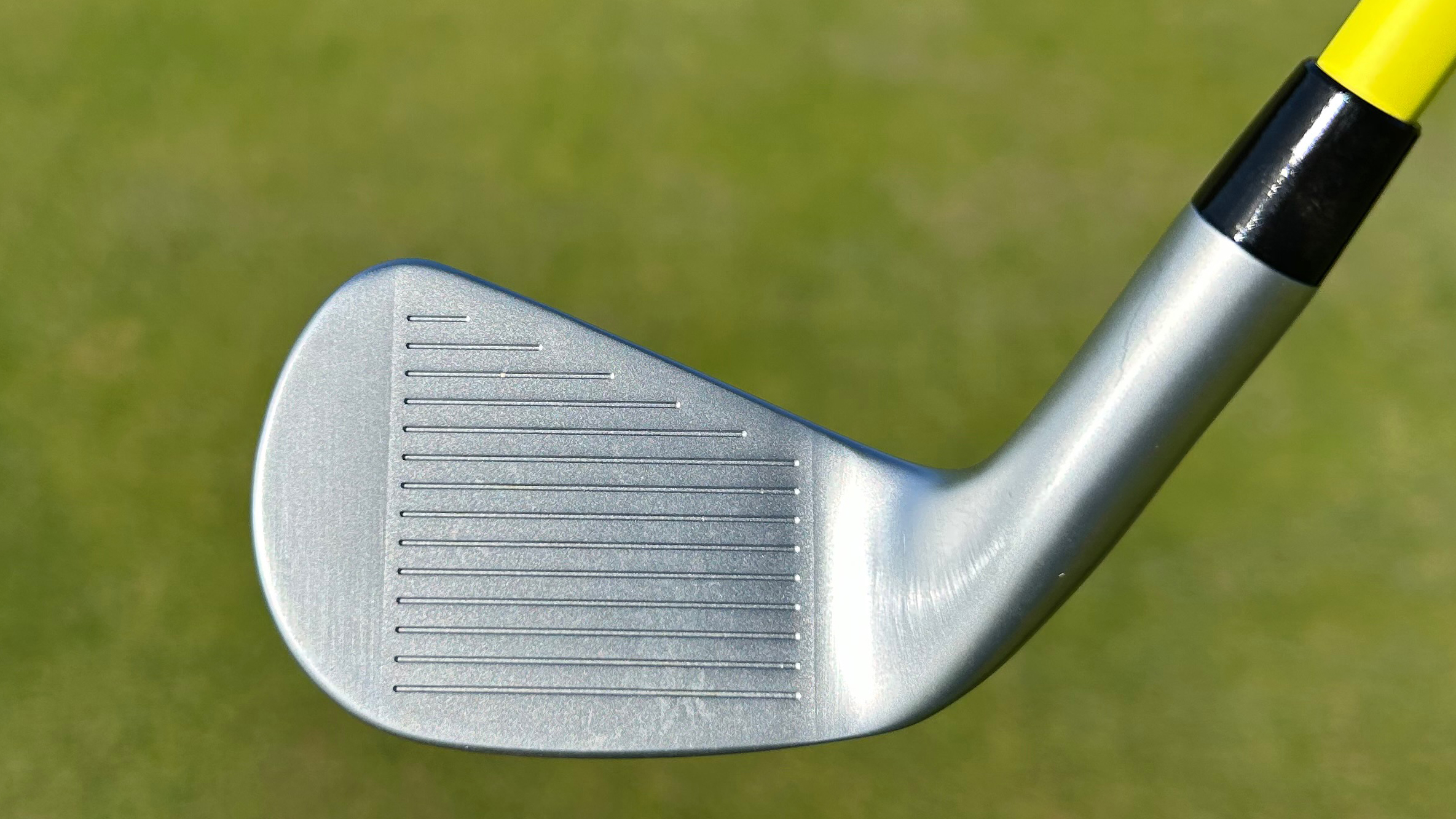
My one gripe with this product would be the shaft, and I am being a little picky here as I really like the ButterBlade as a whole. There is an awful lot of torque to the bright yellow shaft that comes as standard, even in the X Flex that I was sent. When I slowed down some of the videos I took of my swing while using the ButterBlade I noticed some fairly violent twisting of the clubhead through impact that could be reduced with a higher-quality shaft offering less torque. Shots struck slightly off the toe twisted the head extremely open and vice versa. That said, this served to make the ButterBlade trickier to use, which is the whole point right? Even so, I liked this training aid so much, that I am actually going to re-shaft the head with the Project X LS shafts that I use in my actual set and implement the ButterBlade in my practice and warm-up sessions moving forward.







